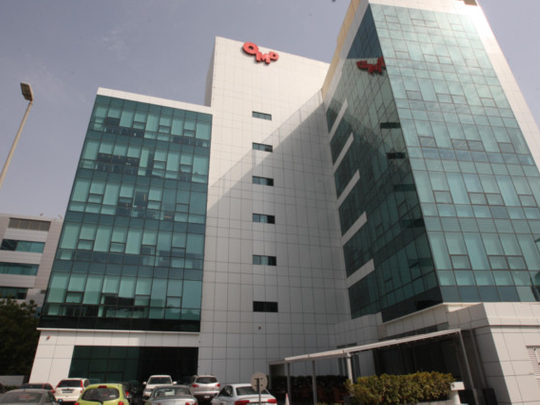
The merger between the United States’ Omnicom and France’s Publicis may have created the biggest advertising powerhouse in the world, but it is likely to create client conflicts, industry analysts in Dubai told Gulf News.
The multi-billion dollar partnership of the two companies, which have offices and agencies in the UAE, is expected to bring together not just the world-renowned marketing experts, but also the global competitors in various sectors. Omnicom handles the campaigns for a number of big brands like Apple and PepsiCo, while Publicis deals with rivals Samsung and Coca-Cola.
Since marketing and brand positioning are closely guarded secrets, the current clients of the two companies are likely to see how their proprietary information will remain confidential after the merger. International companies who spend millions in advertising will be the most concerned if they find out that their agency also works with their rivals.
“The potential conflict is potentially huge,” Colin Beaton, managing director at Limelight Creative Services in Dubai, told Gulf News. The conflict, he said will take years to sort out and the internal politics will be intense.
“It can get even more complicated when you look at large international brands such as Coke, General Electric, General Foods or Samsung, who have multiple brands in dozens of countries, each with their own structure of design and production agencies,” he added.
Those who have not invested a lot, for example players in the region who maintain smaller accounts with either Omnicom or Publicis, may not care much about the merger, but Beaton said it will be the global companies with billions in ad spending who will watch the new development very closely and assess how it impacts their best interest.
Publicis and Omnicom are more likely to assure everyone by saying that the new partnership will bring down overhead costs, streamline processes, enhance teamwork and creativity, reduce production costs or improve efficiency.
“The typical response would be to promise a ‘Chinese wall’ between client teams,” said Beaton.
However, another outcome would be that the relationships of long-standing clients will be severed and revenue streams will be reallocated.
“It’s important to remember that each of these sub-companies will act as independent profit center to. If one company is forced to lose a client due to a conflict of interest, they also lose the revenue, so profitability drops, but it’s not their fault so how are they compensated for that?” Beaton said.
“For the big fish, this merger creates a super-agency without any real competition in terms of scale. It will be able to purchase media in vast quantities providing economies of scale and geographic coverage that is truly global in virtually every service sector.”
However, Prem Ramachandran, founder and managing director of White Water Public Relations, brushed aside speculations on potential conflict of interest. He said that in the world of big companies, the different agencies working under one umbrella work independently.
“These are two big groups. What happens is that sometimes, they have their own set of companies or agencies, but they’re totally independent units. Each of them has a totally different team, a totally different set of reporting lines that have nothing to do with the parent company. That’s how they normally function,” he said.
“Whether the partnership will discourage the rival clients, it entirely depends on them. But if they know the team that’s handling their account, if they’re happy working with the people, and the relationship has been built, they would continue with it despite the merger,” he added.












